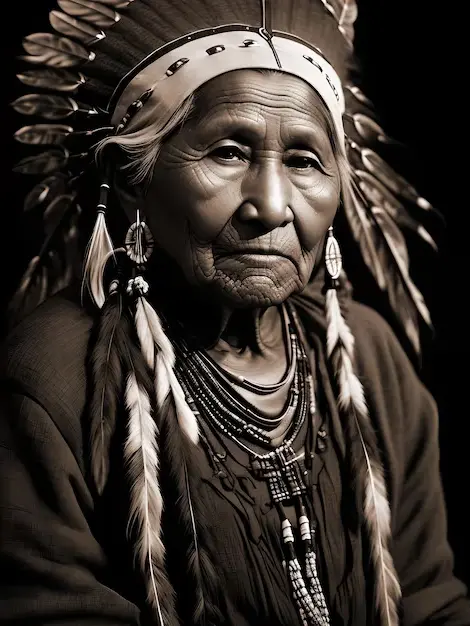


For many Native Americans, the rhythms of the universe are similar to those of a continuous drum, as they only repeat and renew as they are played. The rhythms and cycles of nature require human participation through rituals that mark important moments of the cosmic cycle to renew.
Spring and other important dates in the agricultural calendar present a lot of renewal rituals. The southwestern O'odham to-hons (papages) celebrate the saguaro watermelon festival in June or July to prepare for the arrival of rains. To encourage the spirits to fill them with rain water, the pulp of the harvested fruit is collected in baskets and the skins are deposited face up on the ground. The females store the fruit in bottles and store it for storage, while the rest is ingested raw. An elderly man performs secret rituals while fermenting the syrup, believing that they turn it into awardient. After several days, the inhabitants of the village gather and perform rituals to invoke the rain, drinking it to invocate the first rains of the season.
The peoples of the plains perform various ceremonies and practices of renewal, such as the dancing with aros, in which the dancer manages several aros to create forms such as sun, moon, eagle or deer and achieves with great skill the metamorphosis from one figure to another. The aros represent the endless cycles of nature and the universal spirit that unites everything.
The Sun Dance, which takes place every year, is the most important renewal ceremony of the plains. The event takes place from late spring to early summer and its main objective is to foster the renewal of the people's faith in the spirits that rule the world. In the past, it was thought that the dance of the sun secured a large number of bisons for the following year. For most peoples in the plains, the sun dance consists of a four-day cycle in which they perform sacred rituals and dances related to the forces of creation, rather than a single representation. Almost all dances are prolonged tests that usually include autoflagellation.
Every day, the dancers fast and dance around a sacred tree. Dancers who opted for the autoflagellation are attached to the tree during the last day by means of leather strips with pinches that are inserted into the deep open cuts in the chest or back. You have to endure this agony during the twenty-four songs of the dance, which last several hours. The exhausted dancers tend to try to get rid of the bonds and take off the pinches at the culmination of the dance. They consider the dance to be successful if the participant experiences a vision during the prolonged resistance test.
 Native American Cultures: Myths and magic
Native American Cultures: Myths and magic
You can purchase this book on Amazon.
This book challenges deep-seated stereotypes and offers an enriching perspective that contributes to a more comprehensive and respectful appreciation of the indigenous peoples of North America. Through an understanding of their myths and beliefs, we are taking an important step toward cultural reconciliation and the recognition of the diversity that has enriched the history of this continent.
These mythical stories, many of them linked to the literary genre of fantasy, reveal a world where the divine and the human intertwine in narratives that explain the cosmic order, creation, and the fundamental structure of the universe. Discover how these sacred tales bear witness to the deep connection of the natives with nature and spirituality.
Native Americans: Population and Territories
Native Americans: Cultures, customs, worldview
Traditions, myths, stories and legends